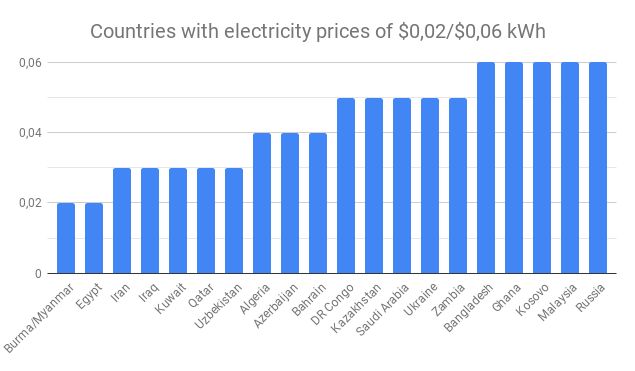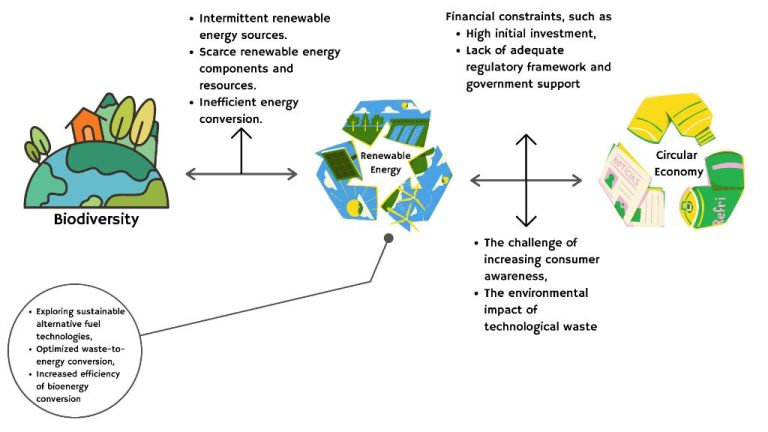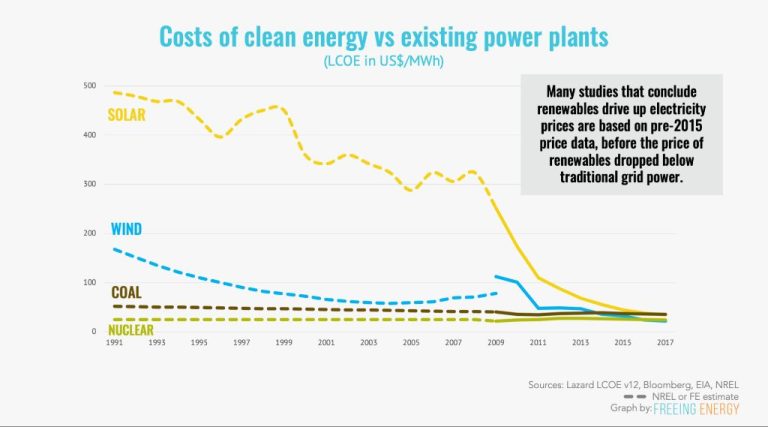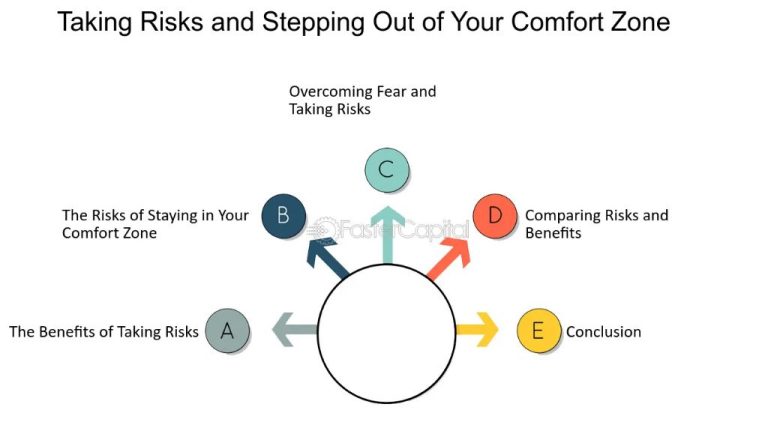How Much Is A Unit Of Kwh?
What is a kWh?
A kWh, or kilowatt-hour, is a unit of energy that measures electric power consumption over time. Specifically, it is equal to the amount of energy used by a load of 1,000 watts operating for one hour. For example, ten 100-watt light bulbs turned on for one hour would consume 1 kWh of electricity (10 bulbs x 100 watts x 1 hour = 1,000 watt-hours = 1 kWh).
The kWh is commonly used for billing electricity consumers. Utility companies charge customers for their electric usage based on the number of kWh consumed each billing cycle. The more energy a household or business uses, the higher the kWh usage will be and the larger the electricity bill will be.
Knowing how much power devices consume per hour and estimating usage time allows consumers to calculate expected kWh consumption and costs. Tracking kWh usage also helps consumers identify opportunities to conserve energy and reduce electricity bills.
Average Cost per kWh
The average cost for electricity in the United States varies depending on the type of customer. According to the U.S. Energy Information Administration (EIA), the average price per kilowatt hour (kWh) in 2020 was:
- Residential customers: 13.72 cents per kWh
- Commercial customers: 10.83 cents per kWh
- Industrial customers: 7.20 cents per kWh
These costs can fluctuate year to year based on factors like the price of fuel for power plants, infrastructure costs, regulations, and weather conditions. But overall, residential customers tend to pay the highest rates, while industrial customers benefit from the lowest average costs per kWh.
Factors Affecting Cost
There are several key factors that impact the cost per kWh of electricity in the United States:
Location – Electricity prices vary significantly across states and regions. This is due to differences in electricity generation sources, weather and climate, taxes and regulations, and cost of living.
Type of Utility Provider – Residential electricity rates also depend on whether you are served by an investor-owned utility, a publicly owned municipal utility, or an electric cooperative. Rates and rate structures can vary between provider types.
Time of Use – Many electric companies now use time of use rate plans which charge different prices per kWh based on the time of day and season. Electricity used during periods of high demand is more expensive than during low demand periods.
Customer Type – Commercial, industrial, and residential customers are often charged at different rates per kWh for electricity service by a utility provider.
Power Sources – Regions that generate electricity mostly from low cost sources like coal or hydroelectric tend to have lower electricity rates than those that rely more on natural gas or imported power.
Seasonal Fluctuations
The cost per kWh can fluctuate throughout the year based on seasonal changes and weather patterns. In the summer, when air conditioner usage increases, the demand for electricity spikes. Higher demand leads to higher prices per kWh. Similarly, in the winter, electricity rates increase as heating usage rises. Both air conditioning and heating requires large amounts of electricity which strains the electrical grid with increased demand. This leads utility companies to charge higher rates during peak demand seasons.
Extreme weather events also impact electricity rates. Heatwaves, polar vortexes, and other severe weather can cause surges in air conditioner and heater usage. With increased demand comes increased rates per kWh. Utility companies charge peak rates to offset the strain on the grid and disincentivize extremely high energy usage. Some utilities even institute mandatory conservation measures during heat waves to protect the grid from being overloaded.
Overall, electricity costs per kWh tend to be highest in the summer and winter when usage spikes. Monitoring weather forecasts and being aware of peak demand seasons can help consumers moderate their electricity usage and costs.
Time of Use Rates
Time of use (TOU) rates refer to rates that vary depending on the time of day and season that electricity is used. With TOU rates, electricity costs more during peak demand hours and less during off-peak hours.
Peak hours are usually weekday late afternoons/early evenings when electricity demand is highest. Off-peak hours are usually late at night and early morning when demand is lowest. Some utilities also have mid-peak rates for midday hours.
The reason behind TOU rates is that the cost to generate and deliver electricity varies throughout the day and year. When demand spikes during peak times, utilities have to bring more expensive power plants online to meet the demand. By charging higher rates during peak times, TOU pricing is meant to incentivize consumers to shift some electricity usage to off-peak times and flatten the daily demand curve.
For consumers on TOU rates, running major appliances like washers, dryers and dishwashers during off-peak hours can significantly lower the average cost per kWh. Likewise, avoiding peak hour usage when possible can help minimize exposure to higher rates.
Comparison by State
Electricity prices can vary significantly from state to state. This is due to differences in electricity generation sources, transportation costs, state regulations, and local market conditions. Here is a comparison of average residential electricity rates by state (in cents per kWh):
| State | Average Price |
|---|---|
| Hawaii | 34.54 |
| Alaska | 22.26 |
| Connecticut | 21.80 |
| Massachusetts | 21.66 |
| New Hampshire | 19.86 |
| Rhode Island | 19.68 |
| Vermont | 18.75 |
| New York | 18.28 |
| California | 18.27 |
| Maine | 16.91 |
As you can see, electricity prices span a wide range across the U.S., with Hawaii having the highest average rate at 34.54 cents per kWh due to its heavy dependence on imported petroleum. Many states in the Northeast also have higher than average prices due to the higher cost of electricity generation from natural gas and other fuels in the region.
Global Comparison

Comparing electricity rates in the United States to other countries around the world provides useful context. According to data from GlobalPetrolPrices.com, the average price per kWh for households in the US is $0.13. This is lower than most other developed countries.
For example, electricity prices in Germany average $0.35 per kWh, nearly three times higher than the US average. Rates in Denmark average $0.30 per kWh. Other European countries like Belgium ($0.27), Portugal ($0.24), and Spain ($0.23) also exceed the US average.
Some of the factors leading to higher electricity costs globally include investment in renewable energy infrastructure, environmental regulations and taxes, and lack of domestic fossil fuel resources. However, it’s important to note that average US household consumption is significantly higher than other nations.
By global standards, electricity in the United States remains quite affordable for consumers. But Americans use more power on average leading to higher overall bills.
Saving Money
There are many ways to conserve energy and reduce the cost per kWh in your home. Here are some tips:
Use Energy Efficient Lightbulbs
Replace traditional incandescent lightbulbs with LED or CFL bulbs. Energy efficient bulbs use up to 80% less electricity.
Unplug Appliances When Not in Use
Devices continue to draw energy even when turned off. Unplug electronics like TVs, phone chargers and appliances to avoid phantom load.
Seal Air Leaks
Sealing cracks and gaps around windows, doors, pipes and wiring can improve insulation. This prevents drafts and reduces energy costs.
Use a Programmable Thermostat
Programmable thermostats allow you to set temperatures for certain times and adjust heating and cooling usage.
Upgrade Insulation
Adding insulation in walls, attics and basements helps regulate indoor temperatures. This allows HVAC systems to work less.
Use Energy Star Appliances
Appliances certified by Energy Star are designed to use less energy and can help lower electric bills.
Wash Clothes in Cold Water
Washing clothes in cold water instead of hot can reduce the amount of electricity used per load.
Replace HVAC Filters
Changing air filters as needed allows HVAC systems to run more efficiently and use less energy.
Future Trends
Experts project that electricity rates will continue to rise in the coming years, albeit at a slower pace than in the past decade. Here are some of the key factors that will impact future electricity costs:
-
Inflation – As the general cost of goods and services rises with inflation, the cost of producing and delivering electricity will also increase.
-
Investment in infrastructure – Upgrading aging infrastructure and investing in new power plants and transmission lines will require significant capital, likely leading to rate increases.
-
Shift toward renewables – The transition away from coal toward natural gas, solar, wind and other renewables will require major investments, which may be passed onto ratepayers.
-
Electric vehicles – As more EVs hit the road, utilities will need to upgrade the grid to handle increased electricity demand, resulting in higher rates.
-
Weather/climate impact – Extreme weather and climate events can damage infrastructure and disrupt supply, leading to price spikes after major storms.
However, improving efficiency, smart grid technology, and consumer choice & control over energy use may help mitigate future rate increases. Overall, most experts expect a gradual rise in electricity costs over the next 5-10 years rather than dramatic spikes.
Conclusion
In summary, the cost per kWh of electricity can vary greatly depending on many factors. The main elements that impact the price are your location, the season and time of day, and the amount consumed. Rates range from an average of $0.10 to $0.35 per kWh across different states and countries, with lower usage amounts and off-peak hours generally costing less. By being aware of these variables and timing high-usage activities accordingly, consumers can take steps to reduce their electricity bills. Key takeaways:
- Average electricity rates are around $0.13/kWh in the U.S.
- Prices fluctuate by season and time of day based on demand.
- Location impacts rates significantly, with Hawaii being the most expensive state.
- Conserving energy during peak hours can lower your costs.
- Many factors like weather and infrastructure affect price.
- Shopping for the best utility rates in your area can save money.





